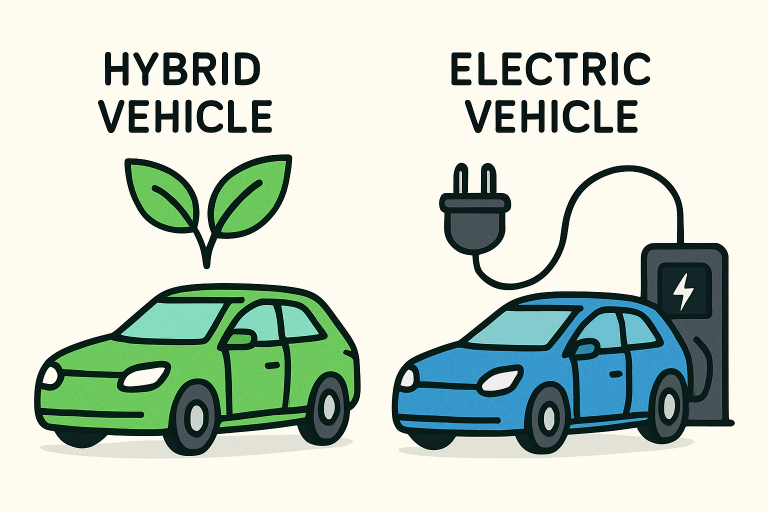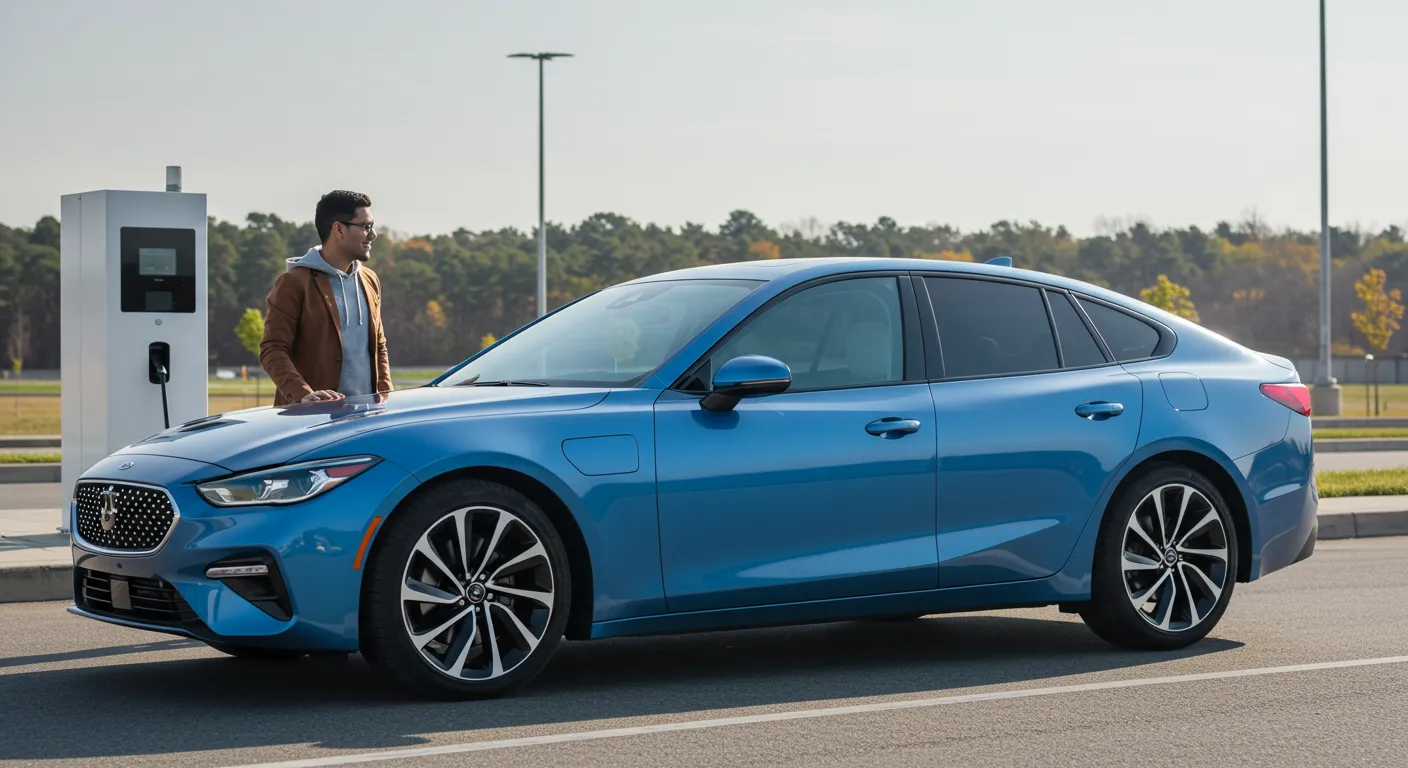Table of Contents
Key Takeaways
- Hybrid vehicle sales are increasing as drivers seek a balance between efficiency and performance.
- Battery breakthroughs extend the range and reduce charging times for both hybrids and EVs.
- Government policies and tax credits strongly influence the adoption of eco-friendly automobiles.
- AI integration is optimizing power delivery and overall vehicle efficiency.
- Widespread charging infrastructure growth is making electric mobility accessible and convenient.
Hybrid and electric vehicles are transforming how we think about driving, ushering in a new era of cleaner, more efficient transportation. As automakers invest in groundbreaking technology and governments introduce incentives to accelerate adoption, consumers and industry leaders must stay ahead of the latest developments. Learn more about forerunning dealerships and innovation partners driving the EV revolution.
Rapid advancements in battery technology, artificial intelligence, and charging infrastructure fuel significant shifts in the automotive sector. Buyers today face a landscape where government incentives, evolving infrastructure, and improved technology make hybrids and EVs a practical and appealing choice. This thriving future benefits individual consumers and has global environmental and economic impacts.
Hybrid Vehicles Gaining Market Share
The hybrid vehicle market is witnessing historic growth as drivers seek cost-effective and eco-friendly alternatives to conventional cars. In the first three quarters of 2024 alone, new retail hybrid registrations in the United States rose to 11.5%, up from 9.5% a year earlier, as tracked by Experian. This shift highlights consumer interest in technology that bridges the gap between traditional combustion and all-electric vehicles. Hybrids offer the comfort of extended range with improved fuel economy and reduced emissions—a compelling combination, especially as gasoline prices fluctuate and environmental concerns rise.
Automakers are embracing this trend by expanding hybrid lineups and making advanced systems available in popular SUV and truck models. The increased availability across more vehicle segments provides broader options for consumers seeking practical solutions for their commuting and lifestyle needs. Industry analysts expect the hybrid market share to continue its upward trajectory, especially in regions where charging infrastructure for fully electric vehicles is still developing.

Advancements in Battery Technology
The backbone behind the surging popularity of hybrids and EVs is rapid advancement in battery engineering. In particular, the industry is eagerly awaiting mainstream adoption of solid-state batteries, which promise greater energy density, substantially longer lifespans, and improved safety over traditional lithium-ion batteries. Early test results suggest these batteries could double vehicle range while enabling much faster charging cycles.
Meanwhile, major investments are being funneled into fast-charging capabilities, with public DC fast chargers now able to replenish 80% of an EV battery in 30 minutes or less. This makes electric vehicles more practical for everyday use and for long-distance travel, addressing a key pain point for buyers. Automakers are also working to improve battery recyclability and sourcing to ensure the sustainability of production as the market grows. These advances are setting the stage for the next generation of electrified vehicles.
Government Incentives and Tax Credits
The adoption of hybrid and electric vehicles is strongly influenced by evolving public policy. In the U.S., federal tax credits up to $7,500 for qualifying plug-in hybrids and EVs make eco-friendly options significantly more affordable. However, these subsidies come with eligibility requirements on battery size, component sourcing, and final assembly location. As policymakers debate how to best allocate these incentives, having the most current details is critical for buyers hoping to maximize savings.
Internationally, countries like Norway, Germany, and China are rolling out their own aggressive incentives, fueling even faster EV uptake in those markets. Ongoing policy changes continue to shape where and which models see the fastest adoption and can even shift automaker production strategies in the longer term.
Integration of Artificial Intelligence
Artificial intelligence now plays an indispensable role in the evolution of hybrids and EVs. AI-driven systems monitor and analyze real-time data to manage power delivery between internal combustion engines and electric motors, optimizing for both efficiency and performance. For drivers, this translates to more responsive handling, smarter regenerative braking, and even advanced route planning that factors in traffic, terrain, and charging locations to minimize delays and maximize battery life.
Additionally, AI supports the evolution of driver-assistance features and makes predictive maintenance possible, reducing unnecessary downtime and repair costs. Such innovations are reshaping what drivers can expect from their vehicles and are advancing industry standards for safety and efficiency.
Expansion of Charging Infrastructure
One of the most important enablers of EV growth is the expansion of electric charging infrastructure. Leading companies, including Shell, are rapidly increasing access to public charging stations with ambitious plans to surpass 200,000 charging points worldwide by 2030—a dramatic increase from the 54,000 available in 2023. This improvement helps address ‘range anxiety,’ making it easier for drivers to commit to battery-electric vehicles.
Widespread investment in charging networks—from highway corridors to urban centers—ensures reliable access for all types of EV users. Technologies like high-speed charging and networked stations that monitor usage and maintenance are making the experience seamless and user-friendly, further accelerating adoption rates. Industry updates such as this Bloomberg article provide insight into how infrastructure investments shape mobility’s future.
Hybrid and electric vehicles are at the center of rapid innovation fueled by consumer demand, technological progress, and supportive policy measures. Staying informed about these trends empowers buyers and industry stakeholders alike to make responsible and forward-thinking choices in an ever-evolving market.




